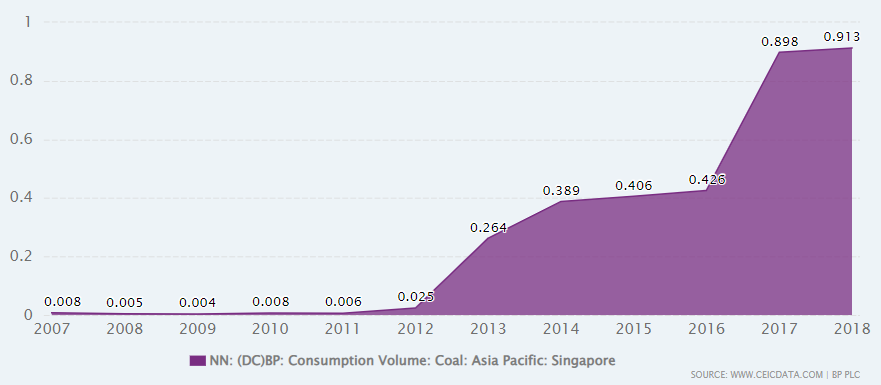Despite Singapore’s limited natural resources, the country manages to have outstanding economic performance in the ASEAN region.
In realising their NDC, Singapore agreed to set a single-year target the timeline between 2021 and 2030.
Despite Singapore’s limited natural resources, the country manages to have outstanding economic performance in the ASEAN region.
In realising their NDC, Singapore agreed to set a single-year target the timeline between 2021 and 2030.
Singapore does not provide a breakdown of their sectoral targets but they do mention sectors, gases, categories and pools covered by the nationally determined contribution, including, as applicable, consistent with IPCC guidelines which are:
Key Sectors: Energy, Industrial Processes and Product Use, Agriculture, Land Use, Land-Use Change and Forestry (LULUCF) and Waste
GHGs: Carbon dioxide (CO2), Methane (CH4), Nitrous oxide (N2O), Hydrofluorocarbons (HFCs), Perfluorocarbon (PFCs), Sulphur hexafluoride (SF6), Nitrogen trifluoride (NF3)
Singapore has made strides in different areas to chart their carbonization path. The country has reduced energy generation from fuel oil to natural gas, whereby 95% of natural gas is used to generate electricity in 2021. They have also imposed a vehicle quota system to cap vehicle growth and implemented carbon tax towards facilities producing 25 ktCO2e annually. Furthermore, Singapore does not provide subsidies for fossil fuel consumption and instead imposes taxes on their use to account for their environmental impact. Additionally, the Energy Market Authority (EMA) has introduced updated emissions standards requiring that all new fossil fuel power generation units be capable of operating with at least 30% hydrogen by volume, with the potential to be upgraded to fully support hydrogen use in the future.
Singapore is aiming to achieve net zero emissions by 2050 through the Charting Singapore’s Low Carbon and Climate Resilient Future, which was published back in 2020 and revised in 2022.
| Topic | Title | Year | Issuing Ministry |
|---|---|---|---|
| Energy, Green Economy, Sustainable Living | Singapore Green Plan 2030 |
2021 | Ministry of Sustainability and Environment (MSE) |
| Carbon Efficient, Climate Action | Singapore Climate Action Plan: Take Action Today, For a Carbon Efficient Singapore |
2016 | Ministry of National Development |
| Climate Adaptation | Singapore’s Climate Action Plan: Take Action Today for a Sustainable Future |
2016 | National Climate Change Secretariat |
| Energy, Climate Change | National Climate Change Strategy |
2012 | National Climate Change Secretariat |
| Green Spaces, Mobility | Sustainable Singapore Blueprint |
2015 | Ministry of Environment and Water Resources & Ministry of National Development |
Oil and gas have been dominant in TPES. Furthermore, being one of the world’s largest bunker ports and together with the total exports, Singapore always has a net negative consumption of oil products in TPES.
Oil products are the main consumer in TFEC, possibly due to the transportation and the international bankers. Singapore’s Coal Consumption was reported at 0.913 TOE million in Dec 2018 [1].

[1] CEIC: Singapore Coal Consumption
